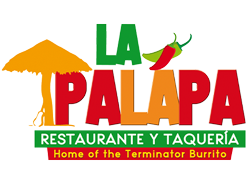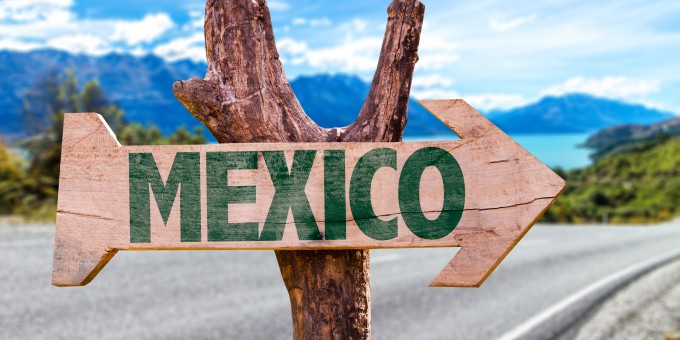The culture of Mexico has undergone a tremendous transformation over the past few decades and it varies widely throughout the country. Many Mexicans live in cities, but smaller rural communities still play a strong role in defining the country’s collective vibrant community.
Mexico is the 14th largest country in the world, according to the Central Intelligence Agency’s World Factbook. According to the CIA, Mexico consists of several ethnic groups. The mestizo (Amerindian-Spanish) group accounts for 60 percent of the population. Amerindian people or predominantly Amerindian people account for 30 percent, while 9 percent of the population is white. These groups create a culture that is unique to Mexico. Here is an overview of Mexican culture.
Languages of Mexico
The overwhelming majority of Mexicans today speak Spanish. According to the CIA, Spanish is spoken by 92.7 percent of the Mexican population. About 6 percent of the population speaks Spanish and indigenous languages, such as Mayan, Nahuatl and other regional languages. Indigenous Mexican words have even become common in other languages, including English. For example, chocolate, coyote, tomato and avocado all originated in Nahuatl.
Religions of Mexico
“Much of Mexican culture revolves around religious values and the church, as well as the concept of family and inclusiveness,” said Talia Wagner, a marriage and family therapist in Los Angeles. Around 82 percent of Mexicans identify themselves as Catholic, according to the CIA, although many have incorporated pre-Hispanic Mayan elements as part of their faith. Christian denominations represented include Presbyterians, Jehovah’s Witnesses, Seventh-Day Adventists, Mormons, Lutherans, Methodists, Baptists and Anglicans. There are also small communities of Muslims, Jews and Buddhists.
Values of the Mexican People
Mexicans put a high value on hierarchy and structure in business and family matters. Especially outside of cities, families are typically large and Mexicans are very conscious of their responsibilities to immediate family members and extended family such as cousins and even close friends.
Hosting parties at their homes plays a large part of Mexican life and making visitors feel comfortable is a large part of the values and customs of the country.
“Family units are usually large, with traditional gender roles and extensive family involvement from the external members who assist one another in day to day life,” Wagner told Live Science. There is a strong connection between family members. “Parents are treated with a high degree of respect, as is the family in general and there may be constant struggle, especially for the growing children between individual wants and needs and those wants and needs of the family,” added Wagner.
Mexican food
Mexican culinary norms vary widely based on income level and social class. The diet of working-class Mexicans includes staples such as corn or wheat tortillas, along with beans, rice, tomatoes, chili peppers and chorizo, a type of pork sausage. Empanadas, which are handheld pasty pockets, can contain savory or sweet fillings. Many Mexicans love spicy foods full of heat.
The diets of middle- and upper-income Mexicans are more closely aligned with diets of Americans and Europeans and include a wide variety of food items prepared in wide range of culinary styles.
Mexico is known for its delicous food. If you are living in Santa Rosa CA just come to our Mexican restaurant La Palapa to try it out yourself. Soda, Corona, Margeritas and Tequila are very popular drinks in Mexico, as the country has a well-developed beverage industry.
Mexican art and literature
Clay pottery, embroidered cotton garments, wool shawls and outer garments with angular designs, colorful baskets and rugs are some of the common items associated with Mexican folk art.
The country is closely associated with the Mariachi style of folk music. Originated in the southern part of the state of Jalisco sometime in the 19th century, it involves a group of musicians — playing violins, guitars, basses, vihuelas (a five-string guitar) and trumpets — and wearing silver-studded charro suits and elaborate hats. “La Cucaracha” is a well-known Mariachi staple.
Two of Mexico’s most famous artists are Frida Kahlo and Diego Rivera. Their paintings include vibrant colors and depictions of life in Mexico.
Mexican clothing
Many may not think of Mexico as a place that fosters high fashion, but many fashion designers hail from Mexico, such as Jorge Duque and Julia y Renata. There is also a Mexico Fashion Week. In the cities, fashion in Mexico is influenced by international trends, so the typical urban Mexican dresses similar to people in Europe and the United States.
In more rural areas, a typical woman’s wardrobe includes skirts, sleeveless tunics called huipils, capes known as quechquémitls and shawls called rebozos.
One distinguishing article of traditional men’s clothing is a large blanket cape called a sarape. Boots are also a wardrobe staple.
Some traditional clothing, now typically worn for celebrations and special occasions, include sombreros and the charro suits worn by Mariachi bands.
Holidays and celebrations
The Feast of Our Lady of Guadalupe, which is celebrated on Dec. 12, is a major Mexican holiday celebrating the appearance of the Virgin Mary to an Indian man in the first years of Spanish rule. She is the patron saint of the country.
The Day of the Dead, celebrated on Nov. 2, is a day set aside to remember and honor those who have died, according to the University of New Mexico. Carnival is also celebrated in many communities throughout Mexico to mark the period before Lent.
Independence Day, marking the country’s separation from Spain in 1810, is celebrated on Sept. 16. Cinco de Mayo, which marks a Mexican military victory over the French in 1862, is more widely celebrated in the United States (as a beer promotion) than it is in Mexico.
We brought some of the Mexican culture and cuisine to Santa Rosa, CA. Come now to our Mexican restaurant in Santa Rosa CA and discover our signature plates like the Terminator Burrito and La Mulita.


Recent Comments